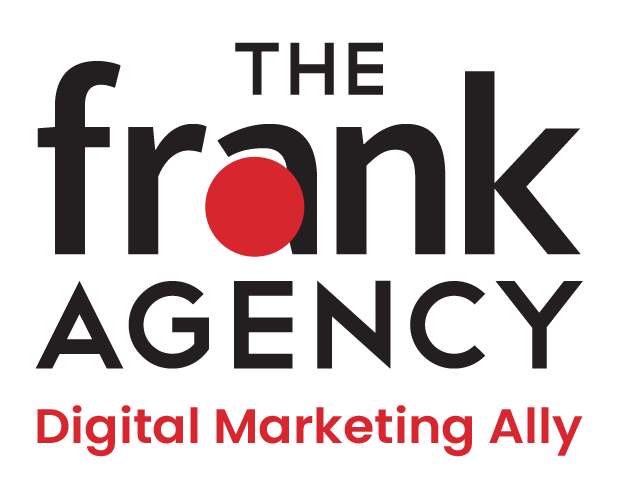What is Upselling?
Upselling is a sales technique where businesses persuade customers to purchase a higher-priced or upgraded version of a product or service. Instead of settling for the initial choice, customers are offered additional features, benefits, or premium options that enhance their overall experience. The objective of upselling is twofold – increasing revenue per transaction and providing customers with an improved or superior solution.
The Importance of Upselling:
Upselling presents several important advantages for businesses:
- Increased Revenue: By encouraging customers to opt for higher-priced products or services, businesses can boost their average transaction value, leading to increased revenue and improved profitability.
- Enhanced Customer Satisfaction: Upselling allows customers to access better features or benefits that align with their needs and desires. This not only improves their overall experience but also increases their perceived value and satisfaction with the purchase.
- Customer Retention and Loyalty: When customers feel that their needs are understood and catered to through upselling, they are more likely to become loyal patrons. Satisfied customers tend to have higher retention rates and may even recommend the business to others.
- Competitive Edge: An effective upselling strategy helps differentiate a business from competitors. By offering unique, valuable enhancements, businesses can stand out and position themselves as providers of comprehensive solutions.
- Long-term Growth: Upselling creates a foundation for long-term growth. A satisfied customer who experiences the added value of an upsell is more likely to engage in repeat purchases and explore other offerings from the business.
Effective Strategies for Upselling:
To leverage the power of upselling, consider implementing these strategies:
- Know Your Customers: Understand your customers’ needs and preferences through research and data analysis. Tailor upsell suggestions to align with their specific requirements and desires.
- Highlight Value-Added Features: Clearly communicate the unique benefits and added value that come with the upsell option. Explain how these features address customer pain points or provide enhanced functionality.
- Timely Offerings: Present upsell opportunities at appropriate moments during the sales process, such as when customers are already expressing interest or nearing a purchase decision. Timing is crucial for successful upselling.
- Personalized Recommendations: Use customer data, purchase history, and behavior patterns to make personalized upsell recommendations. Customized suggestions show that you understand their individual needs and can offer tailored solutions.
- Bundle Offers: Package related products or services together in an appealing bundle. By offering a discounted rate for the combined package, you can entice customers to upgrade while perceiving increased value for their investment.
- Provide Social Proof: Share positive testimonials, reviews, or case studies from satisfied customers who have upgraded. This social proof can help build trust and confidence in the upsell offering.
- Training and Incentivizing Sales Teams: Equip your sales team with the knowledge and skills to effectively upsell. Provide training on product knowledge, proper timing, and persuasive techniques. Additionally, incentivize them to promote upsells by offering rewards or commissions.Boost your sales strategy with effective upselling techniques! Partner with a leading digital marketing agency in Kansas City to maximize your revenue and customer satisfaction. Contact us today to start optimizing your sales approach!


